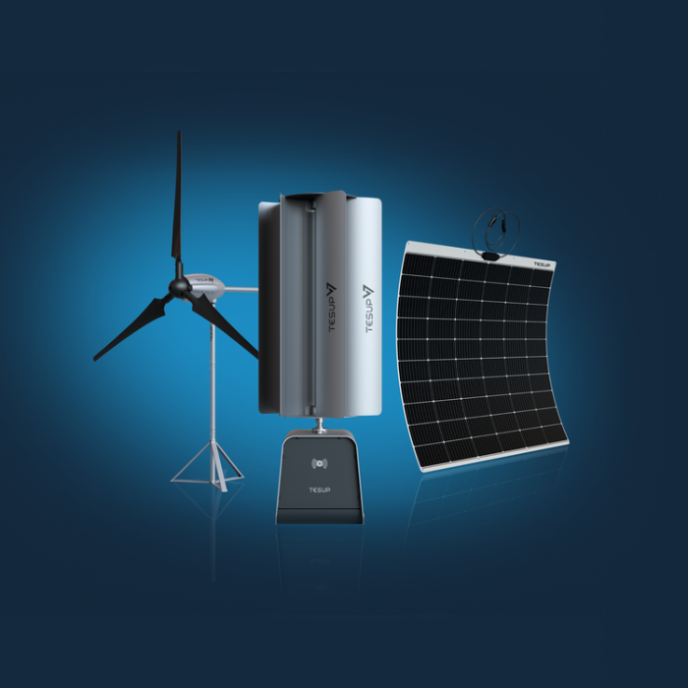Welcome to TESUP US
At Tesup, we are on a mission to empower homes with innnovative wind turbines and solar panels, shaping a brighter, cleaner, and sustainable future together.
Canada's Best-Selling Clean Energy Products


Checkout using your account
Checkout as a new customer
Creating an account has many benefits:
At Tesup, we are on a mission to empower homes with innnovative wind turbines and solar panels, shaping a brighter, cleaner, and sustainable future together.

